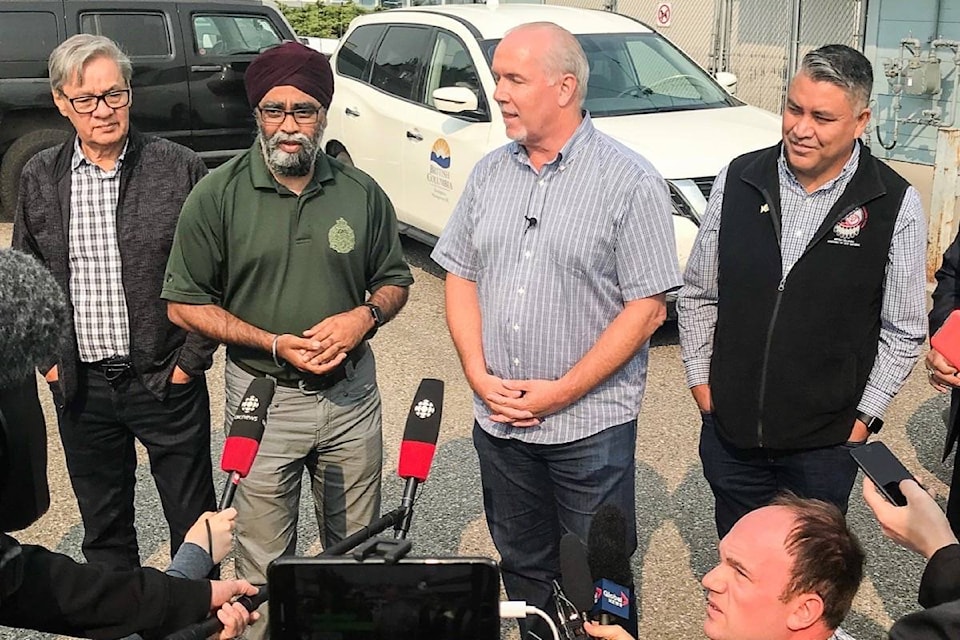It’s striking what a shift from opposition to government can do for a politician’s understanding of the world. Premier John Horgan demonstrated this again during his obligatory television tour with federal politicians in fire-ravaged northern B.C. last week.

As usual, hurried reporter questions set the agenda, after Horgan expressed his sincere appreciation for the hard-working people on the ground who were briefly interrupted by his visit.
Since everything has to fit into 10-second sound bites these days, we got the usual nonsense about how the arbitrary B.C. budget line item for wildfire control is far below the amount actually spent in dry summers like this year and last year. Would an accounting change help? No.
Then there was the ritual invocation of the “new normal,” this year’s buzzword for increasing fires and smoke. Forest researchers have objected to this latest bit of political shorthand, since it incorrectly implies that nothing can be done and next year will be the same.
Having just come from a briefing by the province’s forest fire experts, Horgan took the opportunity to change the subject to what can be done.
“Over the decades, I don’t want to blame anyone, but we have not been cleaning our forests,” Horgan said. “There is too much fuel being left behind, and we need to address that.”
In fact, “we” can’t clean our vast forests. Nature is now rebalancing the massive fuel load built up by our 60-year post-World War II ‘war on forest fires,’ which stopped the natural fires that had cleaned our Interior forests every 15 years or so. Smoke-filled summer skies are one result.
RELATED: B.C. wildfires used to be much more common
Horgan referred to the B.C. government study on last year’s devastating fire season, headed by former forests minister George Abbott and Sto:lo Nation leader Maureen Chapman. They noted that a 2017 audit of forest fire prevention efforts estimated fuel reduction was done or planned for 110 square kilometres of interface forest around communities. That’s a small fraction of what is needed.
Horgan pleaded that he has been in government 13 months and this is his second state of emergency, crisis management leaving little time for prevention work. “We need to be ready to go when the rains come to prepare for next year,” he said.
Media sound bite three was whether a B.C. natural gas export industry can proceed without increasing B.C.’s greenhouse gas emissions. Horgan has already undergone a reality check on this, having embraced the former government’s logic that natural gas to Asia is better than more coal plants, hundreds of which continue to be built in China alone.
“We have to manage our greenhouse gas emission profile,” Horgan said, borrowing another empty phrase from his environment minister before addressing reality. “We also have to remember we’re 4.5 million people here in B.C. on a planet of 7.5 billion. So we have to be realistic about what our impacts would be of the actions we take in British Columbia.”
Abbott and Chapman’s recommendations included more use of preventive burning in lower-risk conditions, and changes to forest land use such as protecting views around communities and highways. In some cases they echo the report done by former Manitoba premier Gary Filmon after the damaging Okanagan fires of 2003.
It’s been 14 years since Filmon pointed out the fuel buildup means “there will be more significant and severe wildfires, and there will be more interface fires, unless action is taken.”
Tom Fletcher is B.C. legislature reporter and columnist for Black Press. Email: tfletcher@blackpress.ca
@tomfletcherbc
tfletcher@blackpress.ca
Like us on Facebook and follow us on Twitter.
